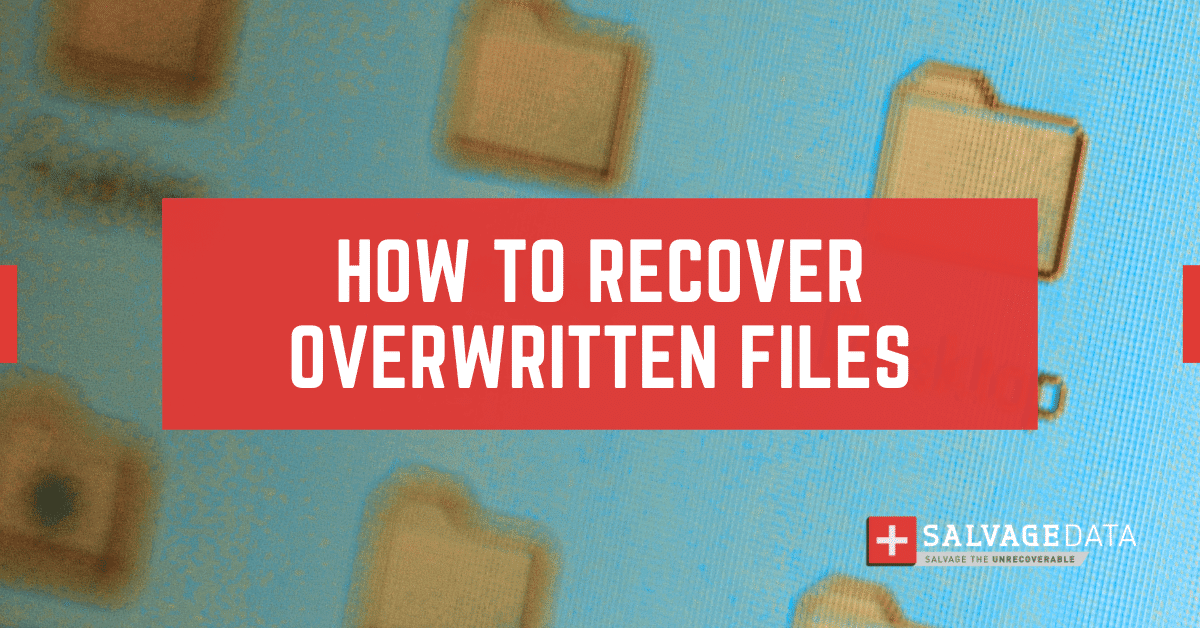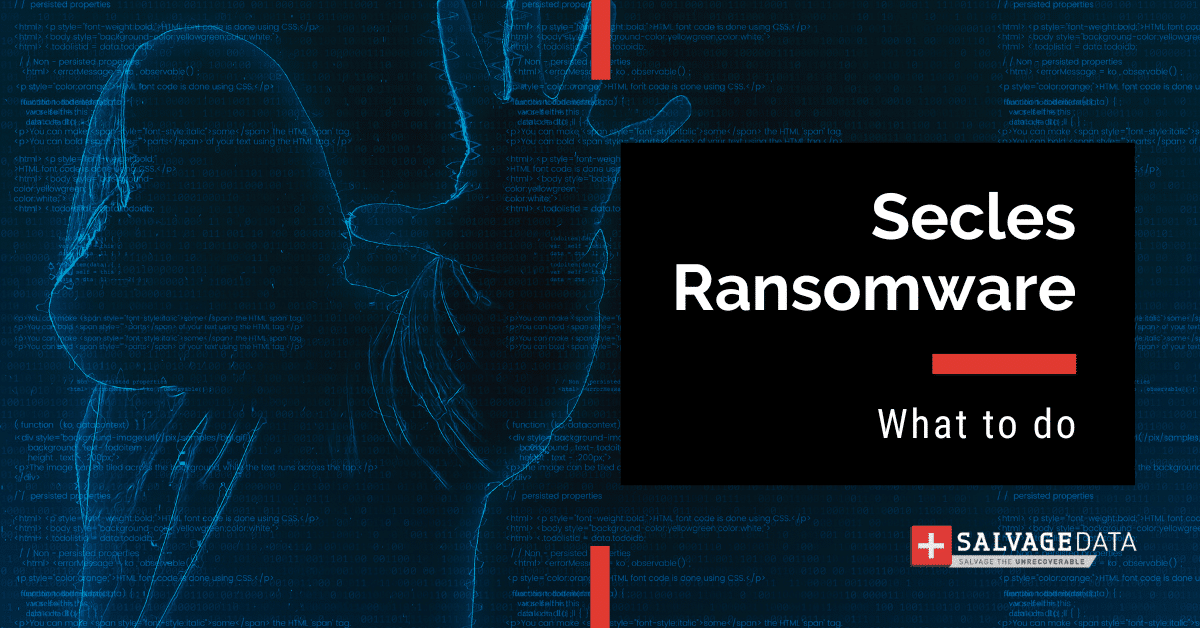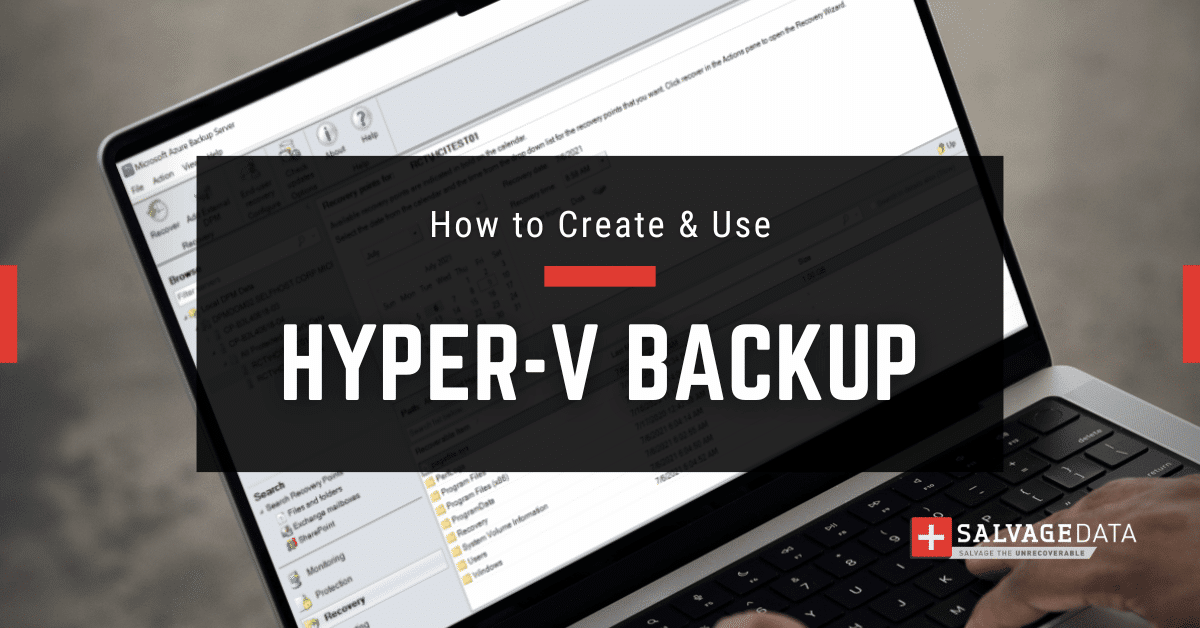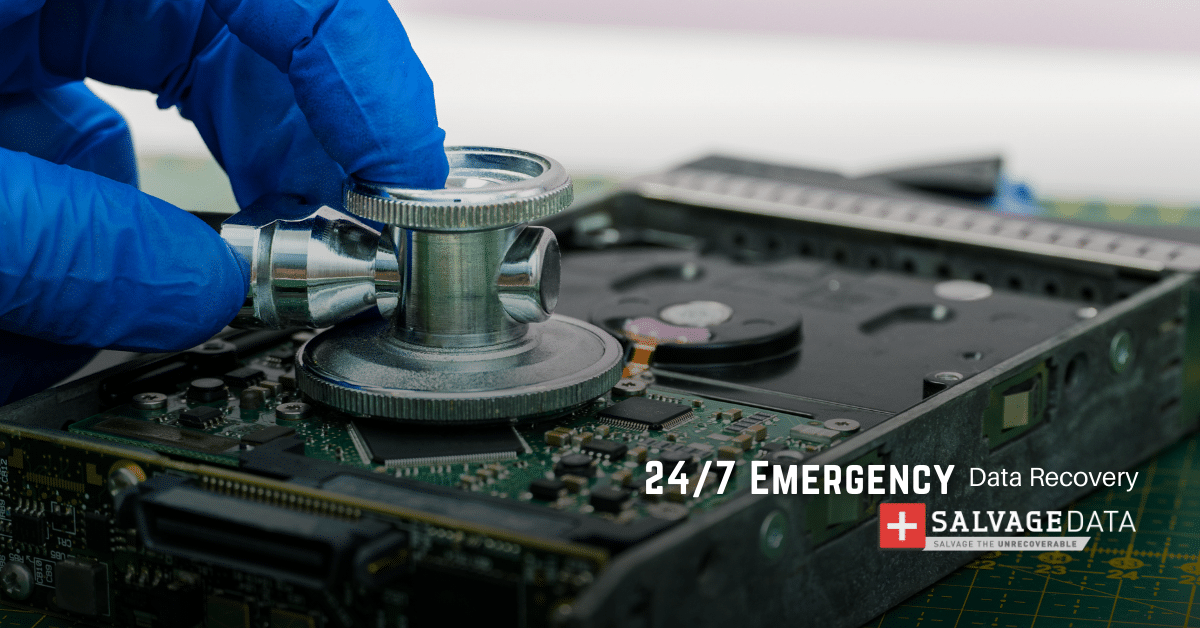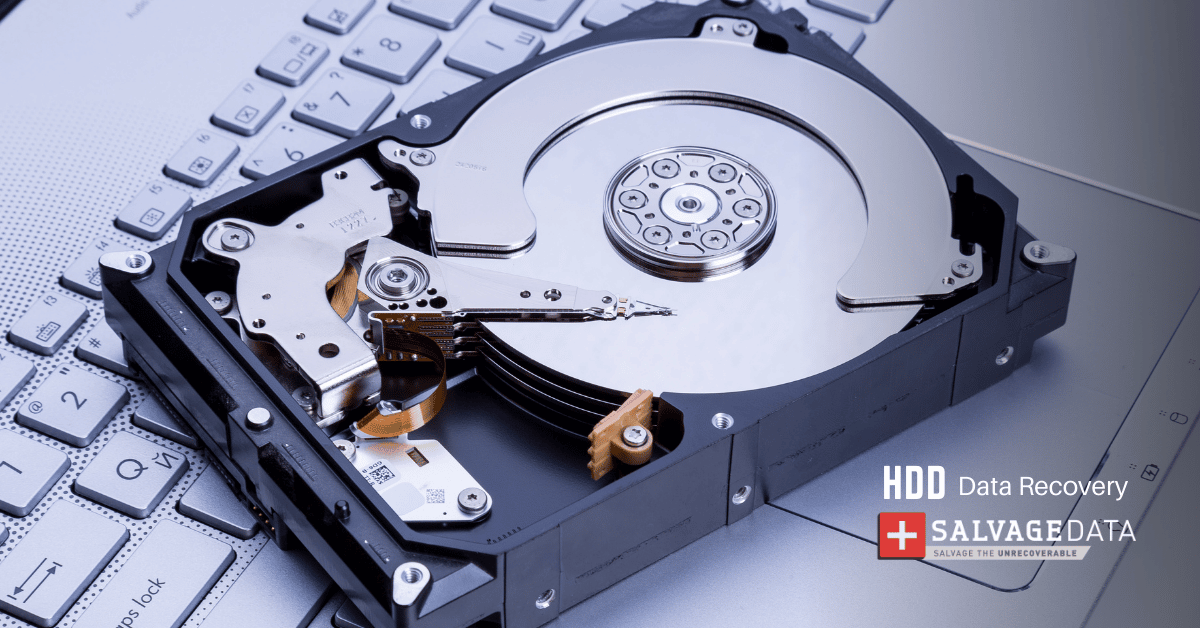Recent Articles
How To Recover Overwritten Files
The Snowflake Data Breach: A Comprehensive Overview
Mac Not Recognizing External Hard Drive: Quick Fix Solutions
How Multi-Cloud Backup Solutions Can Prevent Data Disasters
Capibara Ransomware: What is it & How to Remove
What Should a Company Do After a Data Breach: The Ticketmaster Incident
Secles Ransomware: Removal Guide
What To Do When Your Chromebook Freezes
How to Create Hyper-V Backup
What Is The Best Data Recovery Software For PC

I think there's an issue with my storage device, but I'm not sure Start a free evaluation →
I need help getting my data back right now Call now (800) 972-3282
Ransomware as a Service (RaaS) is becoming increasingly popular among cybercriminals, allowing them to launch sophisticated ransomware attacks without the need for technical expertise. RaaS works on the same principle as software-as-a-service (SaaS), where users can access online services on a subscription basis.
A person can use a ransomware algorithm by paying the developer for it. Usually, a part of the collected ransom will go to the malware developers.
What is ransomware as a service
Ransomware as a service, also known as RaaS, is a business model between ransomware operators and affiliates, where affiliates pay to use the RaaS platform developed by the operator. The operator creates the ransomware infrastructure and provides technical support. Meanwhile, the affiliate handles customer relations or the distribution of malicious code.
In RaaS attacks, cybercriminals are able to launch targeted campaigns against enterprises, encrypting data and demanding ransom payments in exchange for decryption keys.
These attacks can be costly for organizations, and the only way to avoid ransomware attacks is by protecting devices and networks beforehand.
To counteract these threats, security teams should implement preventive measures such as patching vulnerabilities regularly and deploying anti-malware solutions. Additionally, it’s important to have an incident response plan to ensure that your organization is prepared in case a ransomware attack takes place.
How does RaaS work?
Generally, the RaaS operator offers a platform or control panel to affiliates who are interested in launching ransomware attacks. The platform includes features such as ready-built malware, affiliate tracking links, and marketplaces where operators can buy/sell malicious programs. Once an attack is launched using the RaaS platform, both the operator and the affiliate benefit from a share of profits.
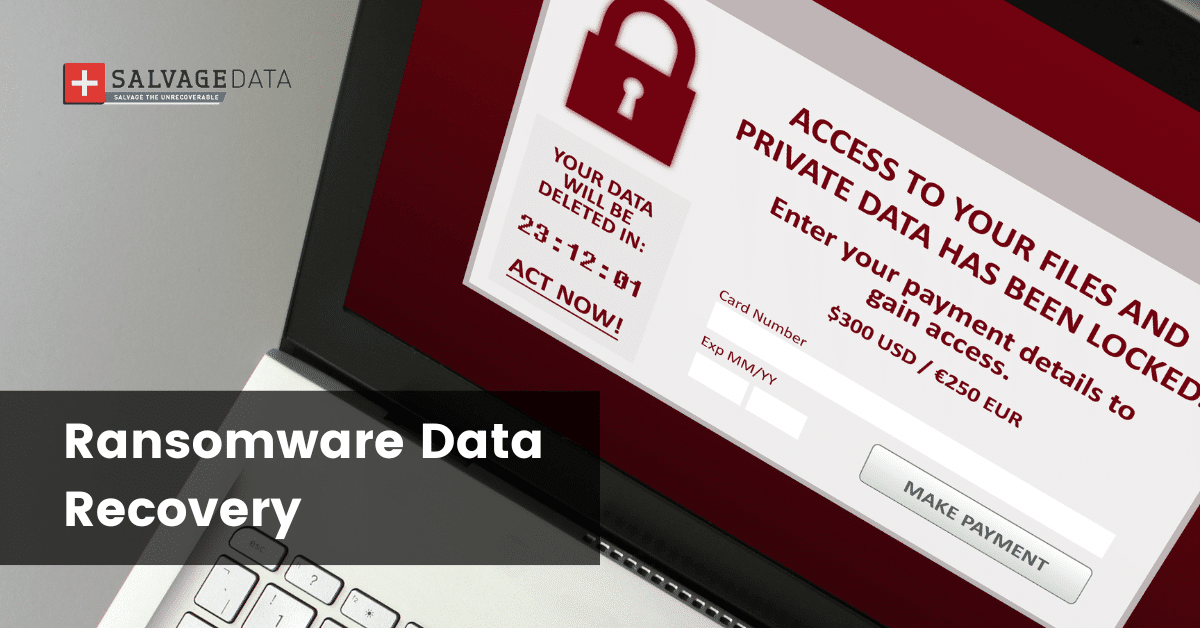
By leveraging RaaS platforms, cybercriminals have been able to launch extremely profitable campaigns with minimal technical experience. As a result, cyberattacks are becoming more common each day. It has become important for organizations to invest in effective security measures to protect their data from potential ransomware threats.
What are the 4 common RaaS revenue models
- Subscription Model. In this model, affiliates are charged a monthly subscription fee to access the ransomware infrastructure, allowing them to launch ongoing campaigns.
- Pay-per-Install Model. Under this model, RaaS affiliates pay operators each time they successfully install malware on a system.
- Revenue Sharing Model. Here, developers and affiliates receive a portion of the profits from successful ransom payments.
- Lifetime license. In this RaaS model, affiliates pay a one-time fee and don’t have to share their profit with developers. Here, they can buy the ransomware code and modify it to fit their needs.
5 Examples of Ransomware as a Service
There are several RaaS attacking business and organizations networks, and each day new threats are developed. Here is a list of five common ransomware as a service:
- Maze Ransomware is a popular example of ransomware as a service, as it allows affiliates to launch attacks using Maze’s malicious code and infrastructure. This ransomware has been used in high-profile attacks including Cognizant and the UK-based Travelex. The attack starts with infiltrating an organization’s networks and then proceeds with encrypting data and demanding ransom payments from victims.
- REvil (Sodinokibi) is another ransomware-as-a-service that was first discovered by security researchers in mid-2019. Unlike other RaaS platforms, REvil offers its affiliates sophisticated features such as auctioning stolen data, allowing attackers to monetize their campaigns even more effectively than before.
- Dharma was first identified in 2016, while most RaaS was developed from 2019 to current. Their primary spreading way is through phishing emails. The Iranian group behind Dharma was believed to be financially motivated.
- LockBit is a RaaS first seen in 2019 and is still active with several variants. It exploits SMB and PowerShell to spread on compromised networks. LockBit has the ability to self-propagate across target networks.
- BlackCat, also known as Alphv, is coded in the Rust programming language. It is a very customizable and easy-to-individualized ransomware.

How to prevent ransomware attacks
Preventing is cheaper than responding to a cyber-attack. Make sure your endpoint devices and networks are safe following cybersecurity best practices.
- Implement patch management. Regularly update and patch software, operating systems, applications, and other endpoints to reduce security vulnerabilities.
- Use multi-factor authentication (MFA). Using MFA helps prevent unauthorized access to accounts even if a password is stolen or guessed by criminals.
- Make regular backups. Ensure data is backed up regularly so that it can be recovered quickly in the event of an attack or system failure. Also, keep at least one backup offsite and offline to prevent attacks on it as well.
- Restrict user privileges. Keep track of users’ activities on your networks and grant them privileged access only when necessary to reduce malicious activity within your organization’s network perimeter
- Monitor user behaviors. Utilize monitoring tools such as firewalls and intrusion detection systems to detect suspicious activity on networks and devices connected to the internet
- Enforce email security policies. Educate employees on phishing scams, malicious links, suspicious attachments, etc., in order to protect against malicious emails that could contain ransomware payloads
- Leverage anti-malware protection tools. Implement anti-malware solutions like antivirus software or sandboxing technology for better threat identification and prevention capabilities.
- Deploy a Network Access Control (NAC) solution. A NAC system monitors and enforces access policies to networks, blocking unauthorized users from accessing sensitive data.
Ransomware data recovery
The most efficient way to restore files after a ransomware attack is by using a backup. However, if you don’t have a recent backup, you must contact a ransomware recovery service.
That’s because paying the ransom is not the best option. Ransomware actors may not give the decryption key after the payment, besides the moral dilemma of financing criminal activities.
SalvageData can help you recover the data and remove the ransomware from the system, closing backdoors and eliminating tool kits.
Contact our ransomware recovery experts 24/7 for emergency recovery service.

